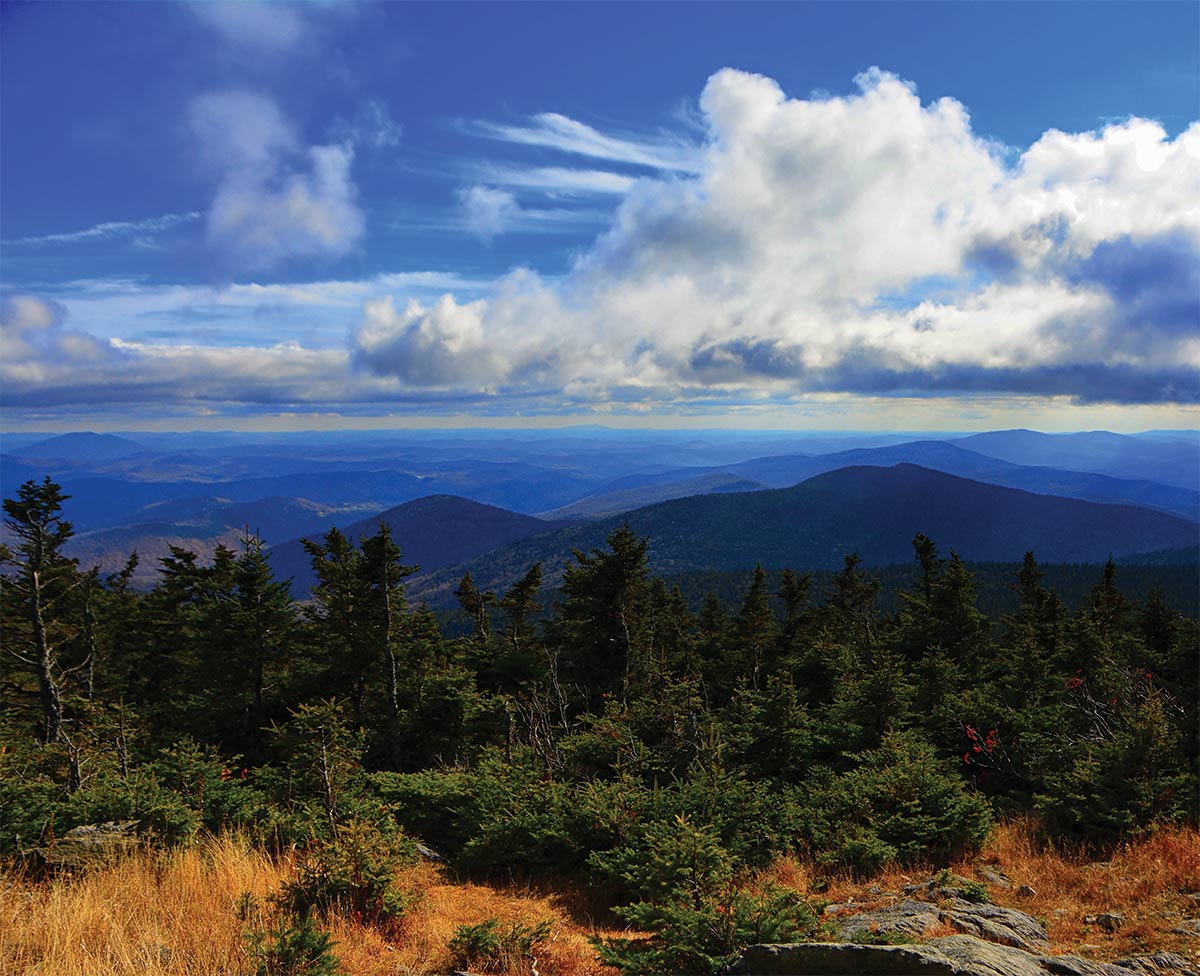

The A.T. centerline along the eastern U.S.
Image courtesy Visible Earth/NASA


The A.T. centerline along the eastern U.S.
Image courtesy Visible Earth/NASA


View of The A.T. from the summit of Killington Peak in Vermont (Including the ridgelines of Bromley, Stratton, and Glastenbury Mountain) – By Raymond Salani III
It’s not enough, however, for our cities and our natural areas to be resilient. We must be resilient too. We must be able to meet the challenges of our lives, to breathe deep and restore ourselves, and to put one foot in front of the other until we gain a new perspective. That’s what climbing Stratton Mountain did for Benton MacKaye. That’s what visting the A.T. — and protecting its surrounding landscapes and communities — does for all of us.